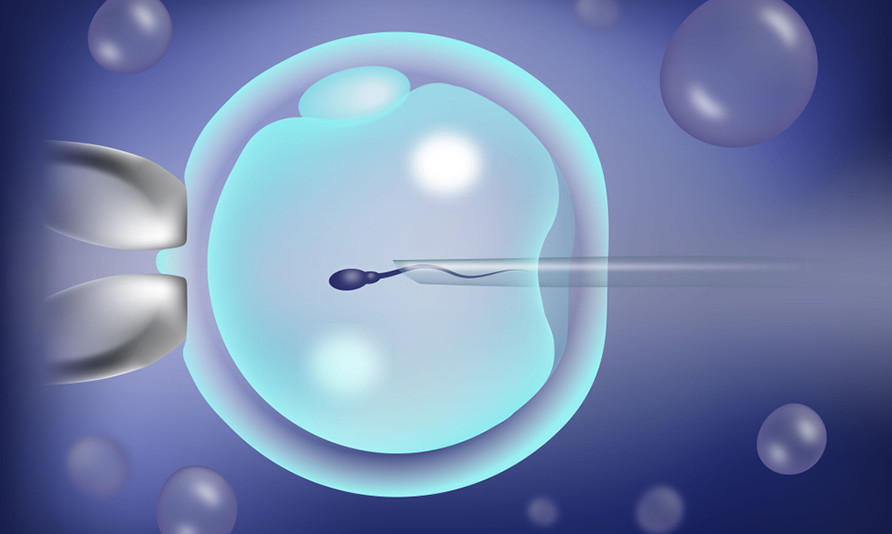

Let us begin with the simple questions. In the first place, what exactly is an embryo? During pregnancy, an embryo is the first stage of a baby’s development. The fertilized egg is the first stage. It divides to form a blastocyst, which then travels down the fallopian tube to the uterus, where it may implant to establish the pregnancy. From week five to the end of the tenth week of pregnancy, the developing baby is referred to as an embryo.
A fetus is the baby’s final stage of development during pregnancy. The baby is referred to as a fetus from the end of week 10 until birth. Couples considering IVF and/or natural IVF must have a clear understanding of the various stages of embryo and fetus development. They should also investigate embryo grading.
Embryologists monitor the development of the embryo after the initial fertilization check. Embryos are graded as good, average, or poor quality based on their appearance, cell shape, number of cells, and a variety of other factors. There is a standard international grading pattern and all grading systems are intended to differentiate between “good, average, and poor” quality embryos. When we talk about “embryo quality,” we are only referring to how the embryo appears under a microscope.
A Day 3 Embryo has grown up to 3 days, while a Blastocyst or Day 5 Embryo has grown up to 5 days. IVF embryo transfer is performed with either a day 3 or a day 5 embryo, depending on the evaluation. A blastocyst embryo has a good chance of developing into a baby after reaching the blastocyst stage of development around Day 5. If an embryo reaches this stage, it is still growing and is a good candidate for uterine transfer.
Read Also: 7 Days After Embryo Transfer Symptoms
How are they made?
What are the stages they go through before we see them as a baby?
How does the IVF lab know if an embryo is viable during in vitro fertilization?
Is it possible to freeze embryos?
Embryos can be frozen. The vitrification technique is currently used to freeze embryos. Vitrification is a quick freezing technique that turns a liquid into a glass-like solid. Because this technique does not generate ice crystals within the cell, there is little cellular damage during the freezing process. Before the transfer, the frozen embryos are thawed using a rapid warming technique and passed through a series of decreasingly less concentrated solutions to remove the cryoprotectants from the cells.
It is recommended that you do your research before consulting with doctors so that you know what questions to ask and that decisions are made in the best interests of you and your future baby.
Read Also: After Embryo Transfer Day by Day Symptoms
1
2
3
4
5
6